Did you have to catch 'em all as a kid?
Back then, nobody realized Pokémon Cards would become so popular. If you've got a collection of cards you kept around or that were carefully tucked away into a binder to protect them from damage, you might wonder how are valuable they are and how you would go about getting them apprised.
Grading Pokémon Cards requires they be sent to a professional grading company, which evaluates the card’s condition based on factors such as centering and edging. A value from 1 to 10 will be assigned that indicates the grade of the card. The highest grade available is 10 ("Gem Mint").
If you're a modern-day collector on your journey to catch 'em all, you may have high hopes for that newest full-art card you just pulled.
Either way, if you want to know a card’s true value then you need to get them graded.
Buy Pokémon Cards From Japan Now!
How to Get Pokémon Cards Graded?
If you're willing to spend the money, getting your cards graded is a relatively simple process, so long as you don't mind a bit of a wait.
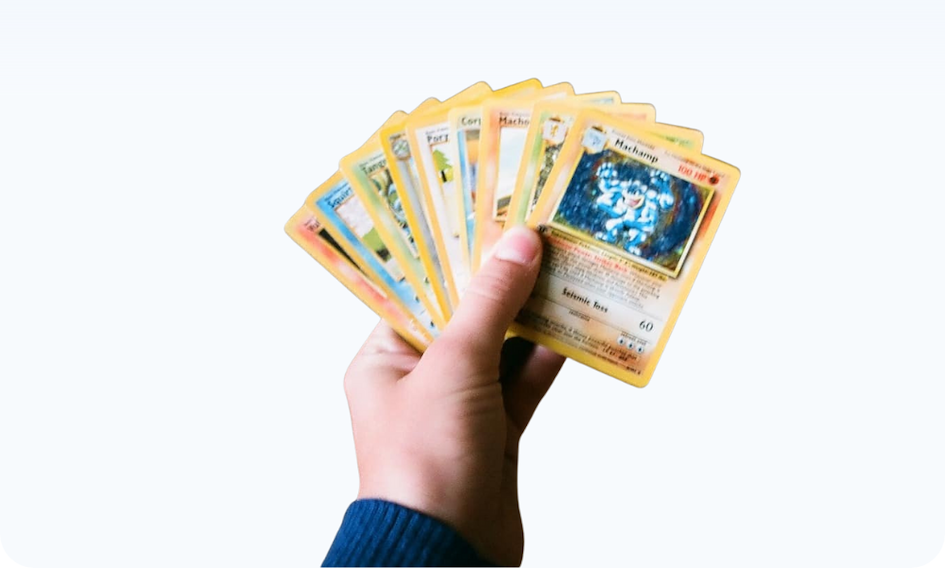
Once you identify a grader that you want to work with, it's as simple as following their procedure. Generally speaking, regardless of which grader you choose to go through they will all generally follow the same process.
Step 1. Inspect Your Cards
Generally, you have to pay to have your cards graded on a per-card basis, so inspecting your collection prior keeps costs down.
Remove common or damaged cards, with the sole exception being cards that are already highly valuable. You won't usually get 9s or 10s, but generally speaking, anything over a 5 is still quite good.
Step 2. Submit Your Cards
Once you've chosen your cards for submission, you gather them up and follow the submission process for the grader you will use. Then, you wait. Generally, there is a bit of waiting that you'll have to do. After all, there are real people taking the time to look closely and inspect each and every one of your cards, giving them official values!
Step 3. Authentication
The authentication process allows the graders to verify that you have submitted genuine cards. There is some market for forged or falsified cards. However, graders are able to authenticate all cards. They will also check to see if you have doctored it in any way in an attempt to hide defects.
Also Read: How To Tell If A Pokémon Card Is Fake
Step 4. Grading
Once they've confirmed that your card is legitimate, they begin to grade it using the above criteria. This process can take some time, as they look carefully at as many details as possible before they determine a score.
Step 5. Encapsulation
Finally, once they've graded it, it's time to encapsulate the card. This protects the card from tampering and damage, while also displaying the grade. This allows you to prove the value of your card.
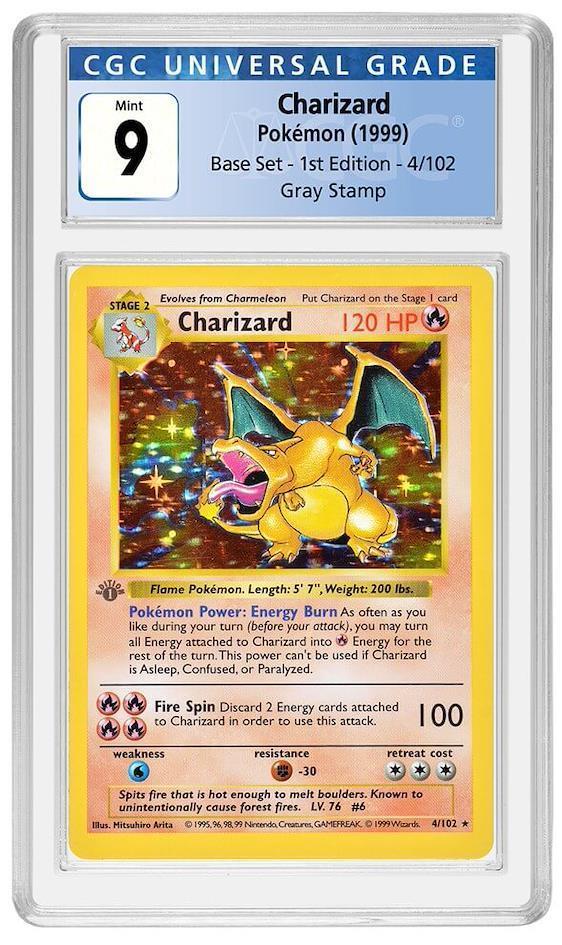
Buy Pokémon Cards From Japan Now!
How Are Pokémon Cards Graded?
There are a handful of factors that professionals will carefully consider, and after doing so, they will then provide your card a grade.
Grading can drastically change the tangible value of your cards based on more than just the card and edition.
After all, you might have that 1st Edition Charizard card, but is it actually as valuable as people online say?
That's dependent upon grading. It could be worth a significant amount, especially if it's in good condition.
Also Read: How Much Are Pokémon Cards Worth?
The Factors Considered
To grade your card, the professionals will look for four factors to help make a decision.
These factors can be looking for scratches, ensuring the border is centered, looking at the condition of the edges, and looking at the condition of the corners.
Also Read: How To Buy Pokémon Cards From Japan
Centering
Another crucial factor for the value of the card is the centered border.
A typical Pokémon card has a border surrounding the edges on the front, and a blue border on the edges on the back.
Cards that are evenly centered, with proper bordering on all sides, will score higher than those that are uneven.
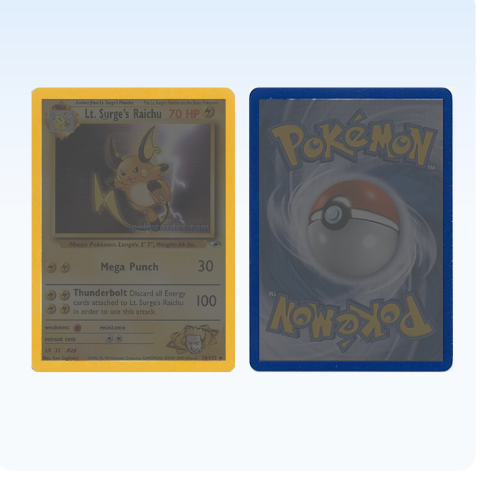
Corners
The cards in the best condition have pristine, crisp corners.
There should be no roughness and they should be perfectly flat, lacking whiteness, and perfectly sharp.
The corners are also where you usually see a lot of damage on cards.
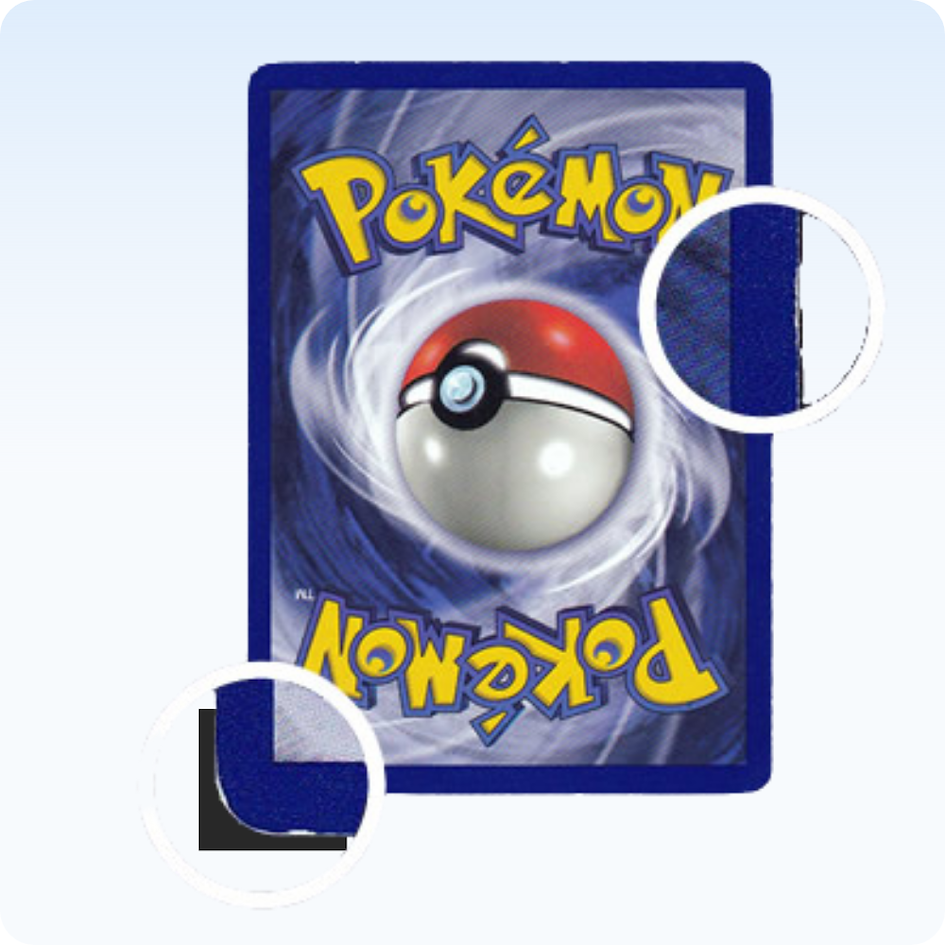
Edging
The edges, like the corners, must also be pristine and sharp without any coloration rubbing off.
You shouldn't see any denting or errors in these areas. However, minor edging issues may not mean the card is a lost cause.
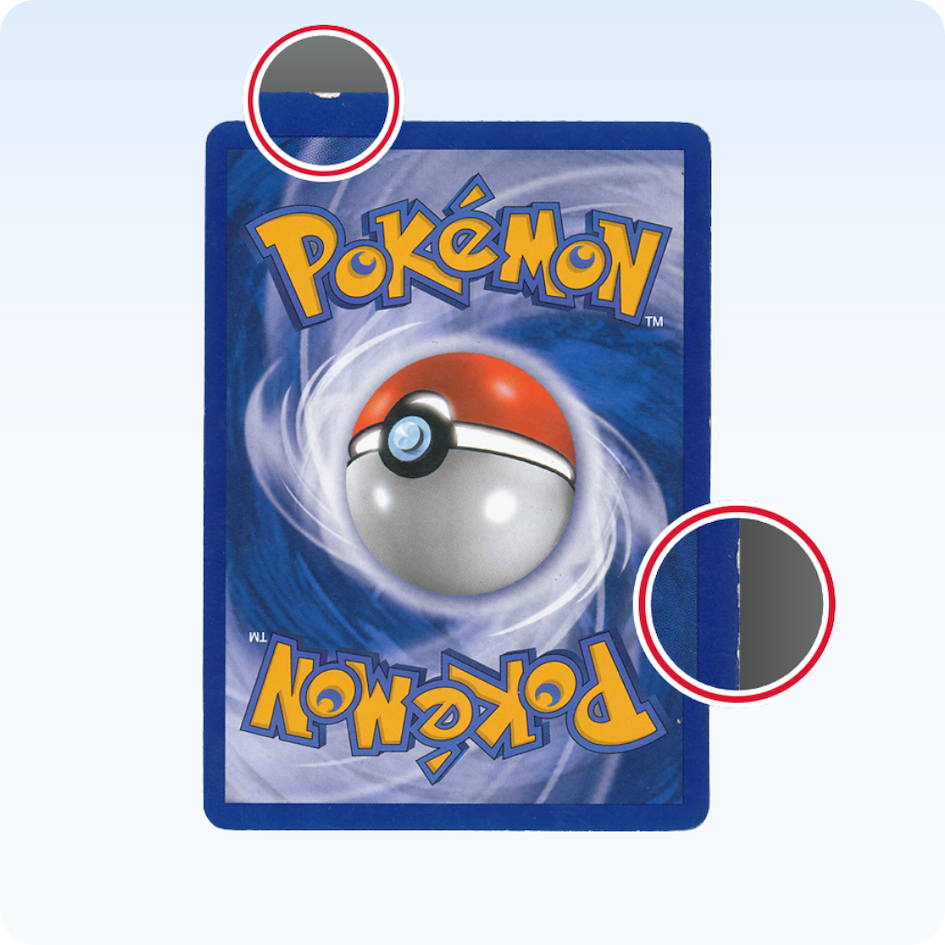
Surface
For cards that aren't put into protective casing immediately after opening them, scratches happen.
Even if you can't see any scratches with your naked eye, slight scratches may be present. Graders will look at the card with a magnifying lamp to look for any tiny scratches that you might not be able to see with the naked eye.
They also look for dents, dings, scrapes, and other defects on the surface. Sometimes, there are printing defects that naturally lower the value of your card.
The Grading Scale
Pokémon Cards are given a score between 1 and 10, with half points existing as well. You can see how the pokemon card grading scores correlate to a specified condition in this table:
| Card Grading Sore |
Card Condition |
| 1 |
Poor condition |
| 2 |
Good condition |
| 3 |
Very Good condition |
| 4 |
Very Good to Excellent condition |
| 5 |
Excellent condition |
| 6 |
Excellent - Near Mint condition |
| 7 |
Near Mint condition |
| 8 |
Near Mint - Mint condition |
| 9 |
Mint condition |
| 10 |
Gem Mint condition |
Table sourced from Cardboadkeeper.com
Everyone covets that elusive 10, but very few will ever set eyes on them.
If you're looking at that 1st Edition Base Set Charizard at a perfect 10, you've got a card that may be worth over $200,000 dollars!
It's incredibly rare - but you'll never know unless you get the card graded.
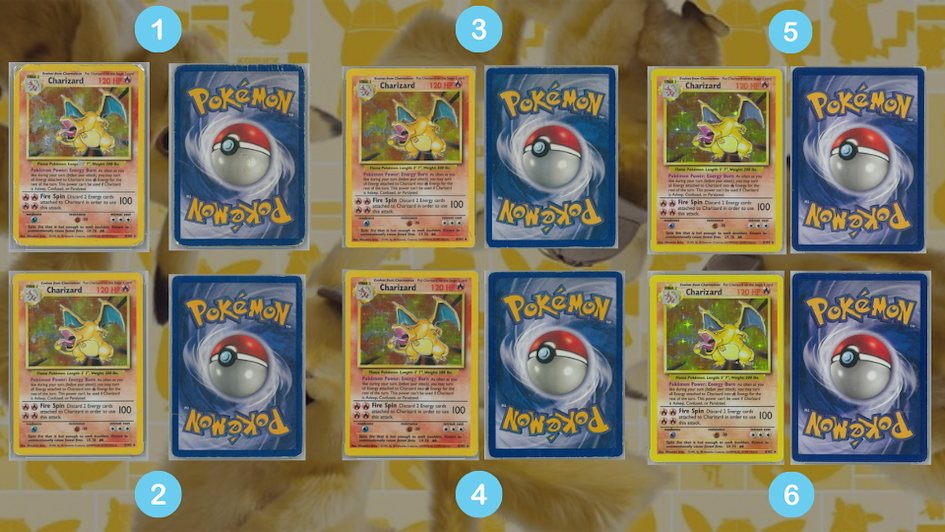
Also Read: How To Tell If A Pokémon Card Is 1st Edition
Where to Get Pokémon Cards Graded?
You have a few options for grading your cards.
Some of the most choices for getting your pokemon cards graded are PSA, CGC, or BGS. There are other smaller options, but these three are the most common.
All three are fantastic, trustworthy options and you can't go wrong with any of them.
Professional Sports Authenticator (PSA)

PSA is perhaps the most popular option for grading Pokémon Cards.
They mark their cards with red grade labels and are incredibly reliable, but somewhat slow as well. Because of their popularity, their wait times have grown significantly.
Certified Guaranty Company (CGC)

CGC uses blue labeling for grading cards.
They are typically the quickest and least expensive to utilize. Even though they are cheaper, they are still high quality.
They are said to be strict graders and will provide subgrades on their cards too.
Beckett Grading Service (BGS)
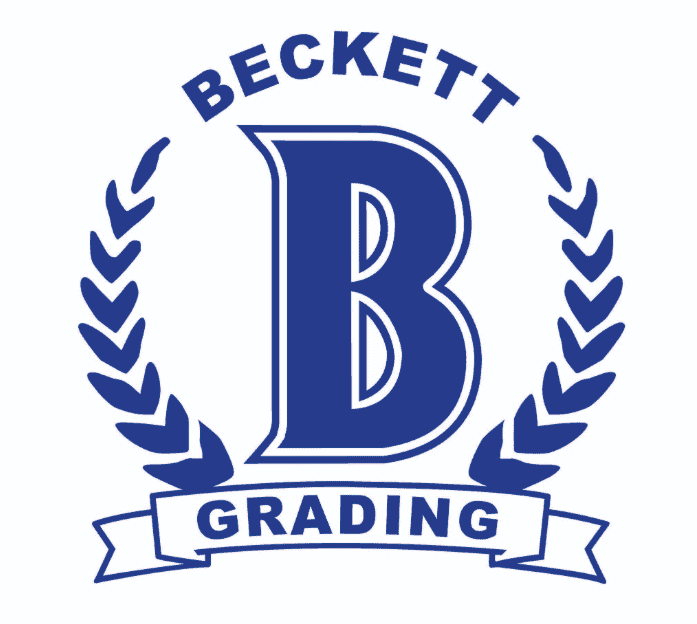
BGS entered the card grading scene in 2001 and for collectors, the BGS 10 is the best.
Typically, BGS grades stricter, with the BGS 9.5 said to be the equivalent of a PSA 10.
However, like PSA, BGS can sometimes struggle with turnaround time as well, and they are the more expensive of the three.
How Much Does It Cost to Get Pokémon Cards Graded?
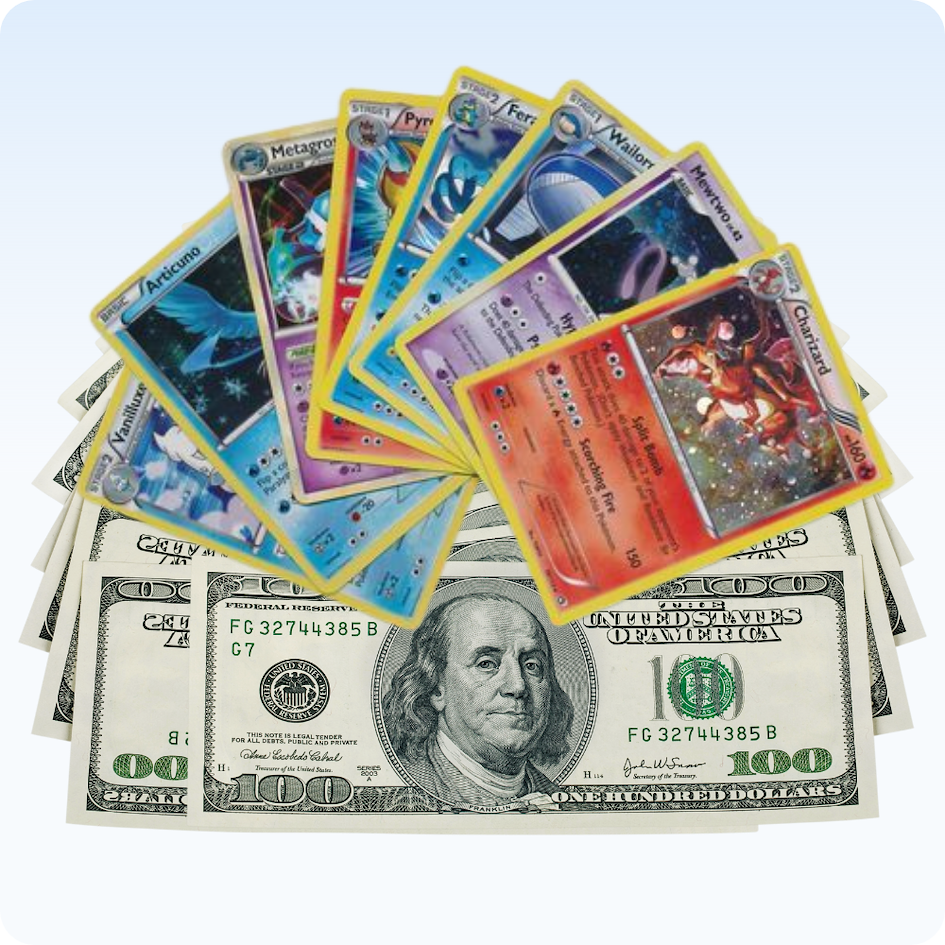
You have two primary price options for getting your Pokémon Cards graded: Bulk or single grading.
Keep in mind that when you do send in the cards, you do have to pay insurance costs and declare the believed value that each card will have.
Also Read: This Rare Pokémon Card Sold For $772,000
The more valuable the card that you want to be appraised, the more you will spend due to the larger sum the company will charge you for insurance in order to protect the estimated value of the cards when in their possession.
Bulk Grading
Bulk grading involves you sending in a larger quantity of cards and paying a lower price per card to get them all graded.
Of course, they will have a larger turnaround time too.
The price varies depending upon the card, but on average, this will usually cost around $15 per card after paying for insurance and shipping.
Single Grading
Single grading is much more expensive.
You can expect to spend between $8 and $200 for a single Pokémon Card to be graded.
This is great if you have a handful of cards that you just have to have appraised and graded before getting enough to qualify for bulk grading prices.
Buy Pokémon Cards from Japan!
Can You Get Pokémon Cards Graded for Free?
You might be wondering if you can get Pokémon Cards graded for free, and the answer is, unfortunately, no.
You cannot get official grading done for free because someone has to be compensated for their time and you will have to pay for shipping for your cards to get to and from the grader.
Are Pokémon Cards Worth Grading?
By grading your cards, you know exactly how much your cards are worth, whether for insurance purposes or because you want to sell a few cards off. Ungraded cards may have some degree of value, but grading them can boost it significantly.
Plus, your graded cards will be encapsulated to protect the card, while also showing the grading of the cards.
Whether you are looking to sell off some vintage pokemon cards in your collection or your just curious about the value of your collection, getting your pokemon cards graded is one of the best ways to about assessing the value of your cards.
If nothing else, getting your pokemon cards graded and encapsulated can be a pretty cool way to show off your card collection even if you don't plan to sell them!
Shop at Pokémon Center Japan Today!
IMPORTANT: If you are shipping to Malaysia, there are two types of taxes that incur for trading cards.
1. Sales tax SST 10% 2. Duty tax or excise tax 10%
Please make sure that you check the customs and taxes policy for your shipping destination.